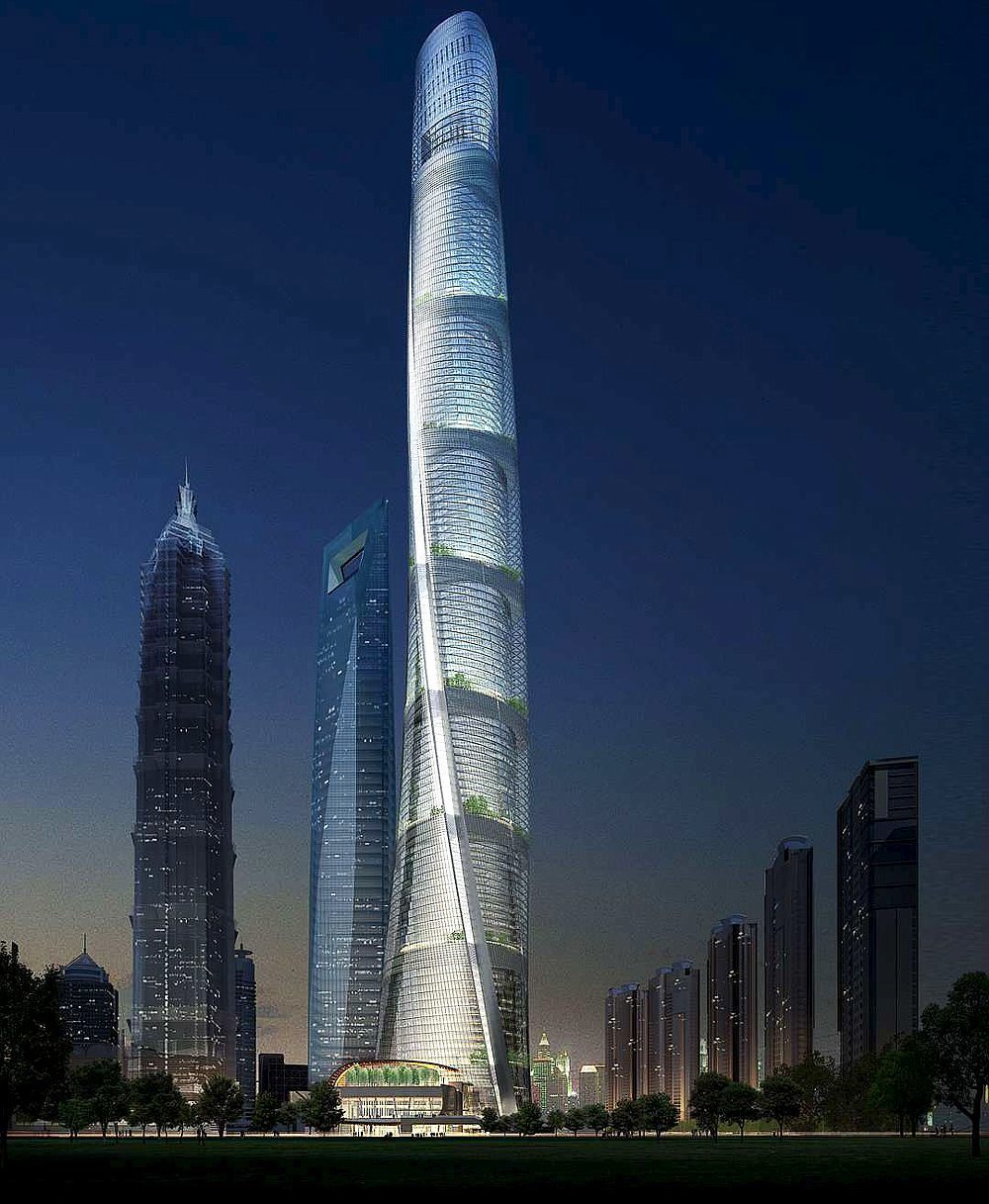Build, build and build.
Just take a look at Google Earth and compare the historical urban map of, for example, Shenzhen, surely the city in the world that has become a megalopolis the fastest.
40 years ago, it didn't even have city status.
It was a poor fishing village in southern China.
Today it has fifty skyscrapers that exceed 200 meters in height and the square meter costs more than 5,000 euros on average.
Build, build and build.
And make it up, as high and fast as possible.
Just ask Broad Sustainable Building, which built a 57-story building in 19 days in 2015 in Changsha, central China.
The same company, in 2010, was able to build a 15-story hotel in 48 hours.
Start building, don't finish the works, destroy them and build again.
Often times, Chinese news shows a video of the collapse of large blocks of buildings.
A few days ago they simultaneously demolished 15 unfinished skyscrapers in the city of Kunming that were built in 2011. Work has already begun on a mega shopping center on the plot that was left empty after the collapse.
Build a city, bring in more people than can fit and have to build another satellite city next to it to relieve population pressure and reduce pollution. To the southwest of Beijing, with the idea of building a green and technological city in a traditionally industrial environment, Chinese workers have been shaping Xiongan for four years, which will host almost more than three million residents who now live tightly in the capital. Next to Shenzhen, the Net City project is also underway, a city the size of Monaco by the technology conglomerate Tencent, which will be surrounded by skyscrapers with vertical forests.
Build "ugly things".
A classic term used in the Asian country.
There is a Chinese architecture firm, archcy.com, which has been producing a list of the buildings considered ugliest by users for 11 years.
An example that always appears on the list is an unfinished theme park in Hebei province, in northern China, whose entrance is a façade that is half the Temple of Heaven in Beijing and the other half the US Capitol.
Earlier this year, the Chinese authorities released a strange statement banning what they called "ugly architecture."
A laboratory of experiments
China has served for years as a laboratory of experiments for architects and real estate developers, who have built a world power in four decades by building cities upward.
But now Chinese regulators have said that this has to stop or, at least, moderate.
China's top economic planner announced this year that it would restrict the construction of skyscrapers over 500 meters high.
If the city has less than three million residents, buildings of more than 250 meters cannot be erected.
"We will end the bad practice of searching for grandiose, strange and western-style buildings. Plagiarism, imitation and imitation of buildings are strictly prohibited," reads a document published on August 31 by the Ministry of Housing.
Earlier this year, a 356-meter, 71-story tower in central Shenzhen repeatedly shook, causing great concern about safety.
Investigations found that the cause was a mast more than 50 meters high at the top of the building that moved in the wind.
The Shanghai Tower
"If it is really necessary to build new super-tall buildings of more than 250 meters in cities with permanent residents of more than three million in urban areas, the provincial department of housing and urban-rural construction will strictly evaluate and examine the projects with the focus on their earthquake resistance and fire protection, "continues the official document. Skyscrapers over 150 meters will be limited. The regulator also tightened the rules for buildings of more than 100 meters in summer.
In the Asian giant are almost half of the 100 tallest buildings in the world, such as the Shanghai Tower, with 128 floors and a height of 632 meters. "
We will strictly control the construction of high-rise buildings in key areas
, such as ecologically sensitive and natural tourist sites, and we will not build high-rise buildings on the hillside, the water's edge or in urban ventilation corridors," the document says.
"Several localities have shown a tendency to continue resorting to development and construction relying on excessive real estate projects, as well as large-scale demolition and construction. There is a tendency to raise house prices in alternative ways and increase the cost of life, which has created new urban problems ", sentence.
Gone are the days when big Chinese cities fought for the tallest skyscraper.
According to the criteria of The Trust Project
Know more
Environment
Science and Health
science
COP26 The holy trinity of 'negative carbon': Panama, Suriname and Bhutan already absorb more CO2 than they emit
COP26Joaquín Gutiérrez Acha: "In nature things work differently"
COP26 Criticism of Martínez-Almeida for not attending the Glasgow Climate Summit
See links of interest
The Palm
Last News
What
2022 business calendar
Christmas Lottery 2021
Search Christmas lottery number
Covid passport
Holidays 2021
How do you write because
Loteria del Niño 2022
Barça - CSKA Moscow

